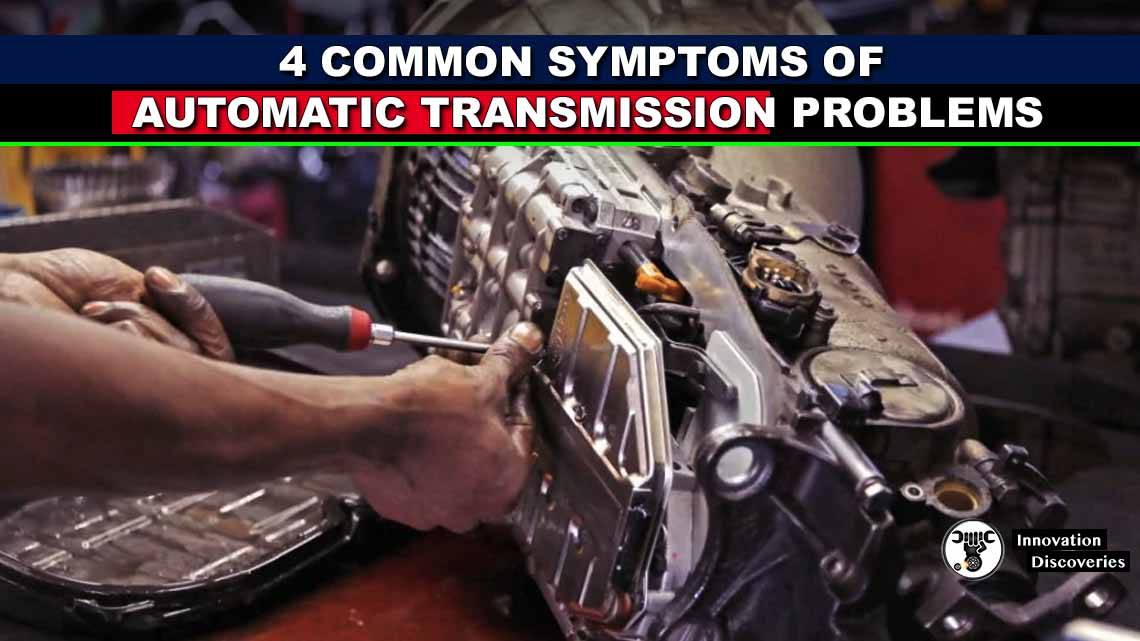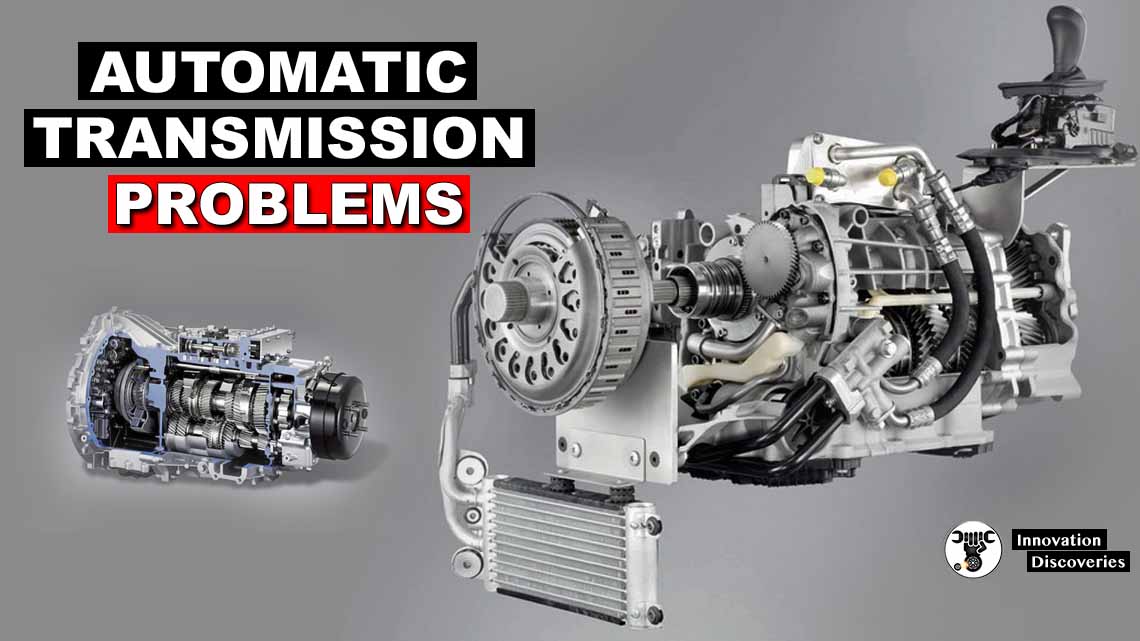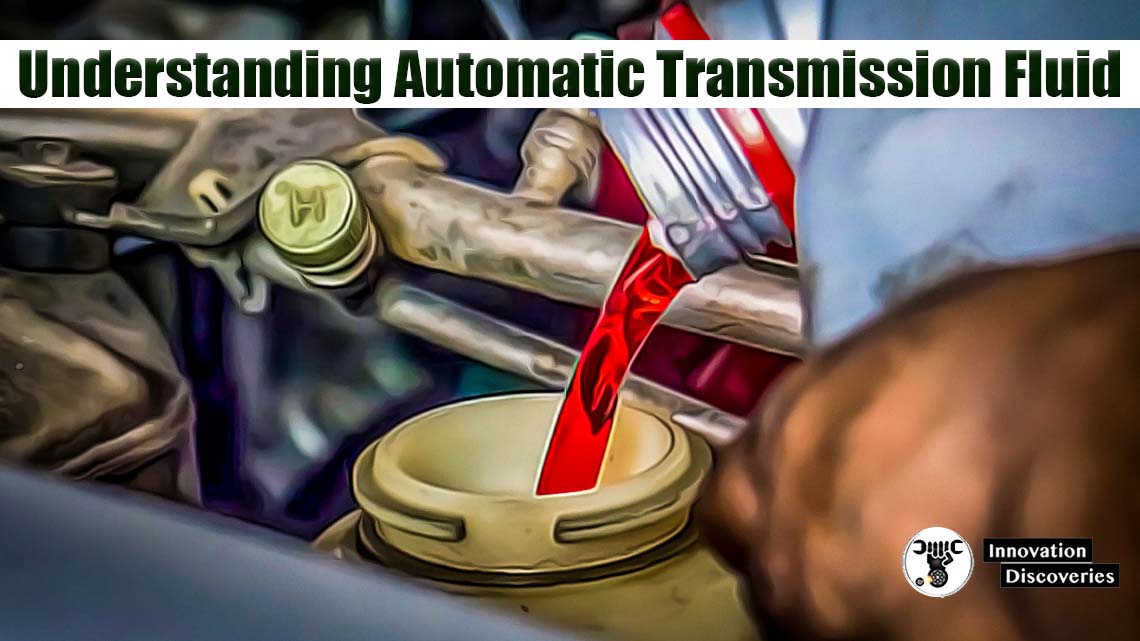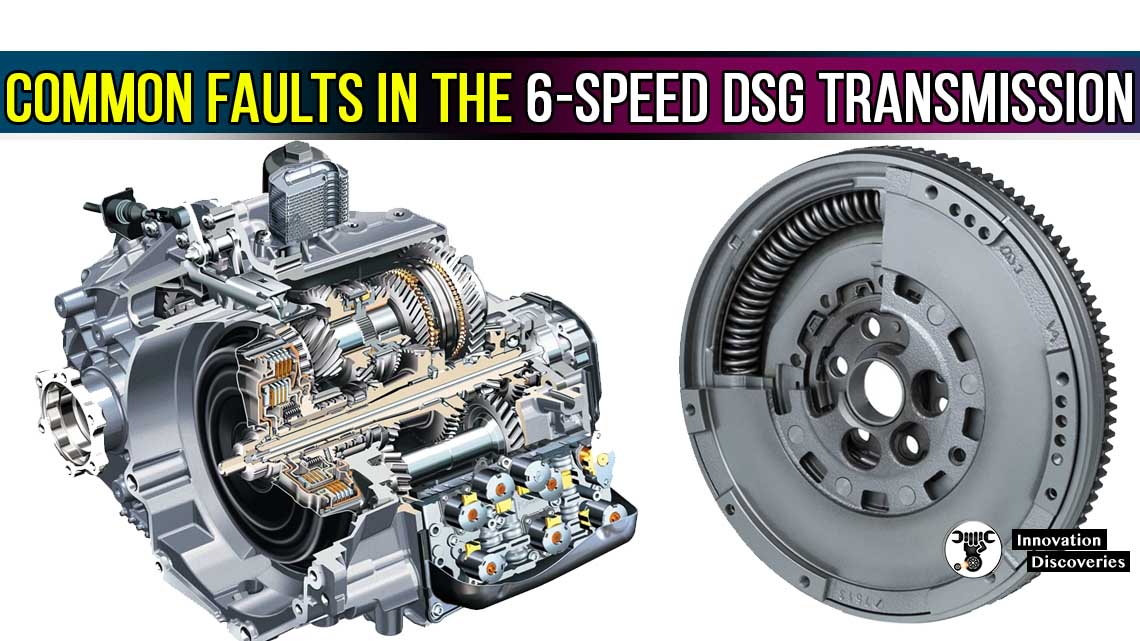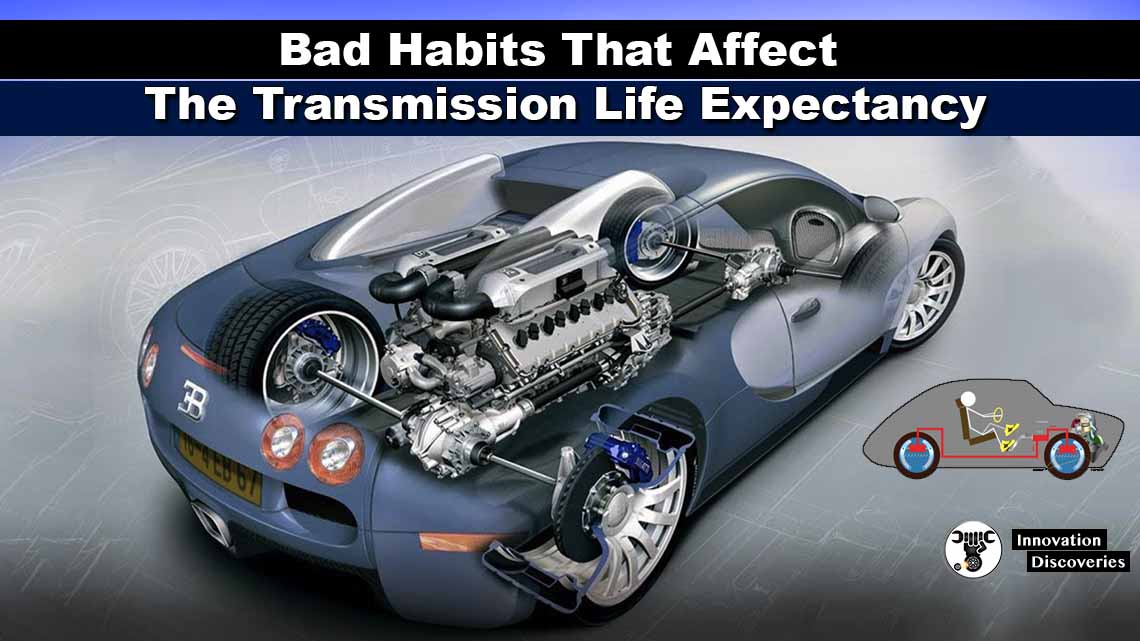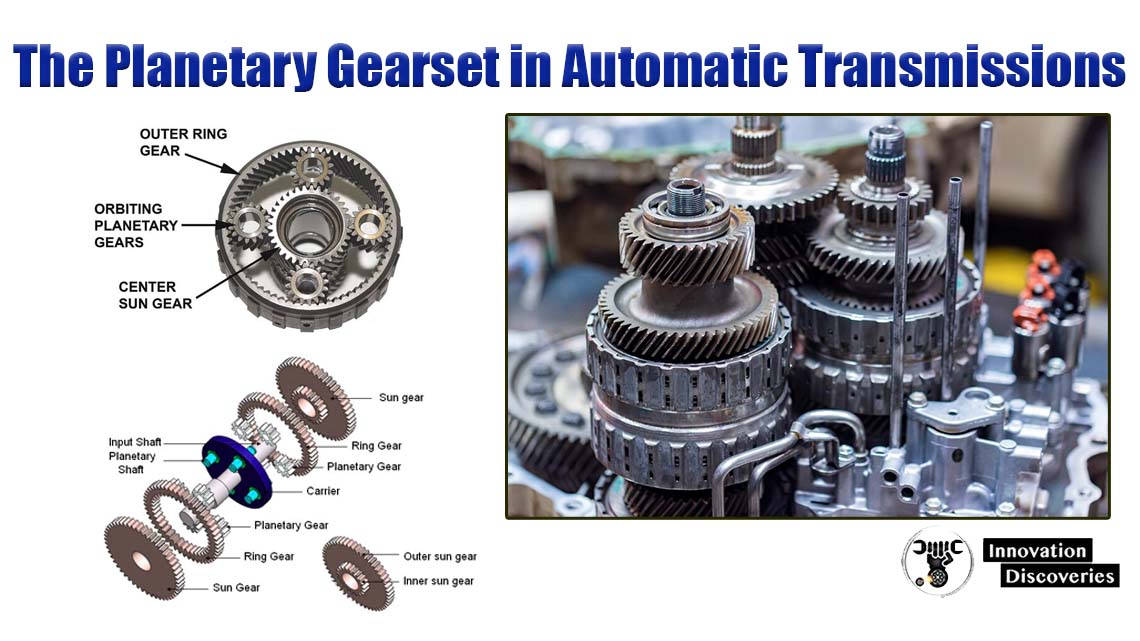
Introduction:
An automatic transmission is a critical component in modern vehicles, responsible for seamlessly shifting gears and optimizing engine performance. One of the fundamental elements within an automatic transmission is the planetary gearset.
This ingenious mechanical arrangement plays a pivotal role in enabling smooth gear changes and efficient power distribution. In this discussion, we will delve into the mechanics of a planetary gearset, its functions, and its crucial components.
What is a Planetary Gearset?
A planetary gearset, often referred to as an epicyclic gear train, is a complex arrangement of gears that can transmit torque and rotation through a combination of inner and outer gears. It is named after its resemblance to the motion of planets within a solar system.
The configuration allows for multiple gears to interact simultaneously, resulting in a versatile and compact mechanism capable of providing various gear ratios.
The Role of a Planetary Gearset in an Automatic Transmission:
The primary purpose of a planetary gearset in an automatic transmission is to offer a range of gear ratios while ensuring seamless gear changes without interrupting the power flow from the engine to the wheels. The planetary gearset achieves this through its unique design, which allows different combinations of gear engagement to generate different output speeds. This ability to switch between gear ratios is what enables smooth acceleration, efficient fuel consumption, and optimal engine performance.
Components of a Planetary Gearset:
1. Sun Gear:
This is the central gear that receives input torque from the engine and is typically connected to the transmission input shaft.
2. Planet Gears:
These gears orbit around the sun gear. They are mounted on a carrier that can rotate around the sun gear. The planet gears mesh with both the sun gear and the ring gear.
3. Ring Gear:
The ring gear is the outermost gear and is typically stationary. It meshes with the planet gears, transmitting torque to the output shaft.
4. Carrier:
The carrier holds the planet gears and allows them to rotate around the sun gear. It is connected to the transmission’s output shaft, making it an essential element for transmitting power to the wheels.
Conclusion:
The planetary gearset is a remarkable engineering solution that forms the heart of an automatic transmission. Its ability to provide multiple gear ratios within a compact space ensures optimal vehicle performance across a wide range of driving conditions. By allowing for smooth gear changes and efficient power distribution, the planetary gearset contributes significantly to the overall driving experience.
Understanding its mechanics and components provides insights into the intricate workings of modern automatic transmissions, enhancing our appreciation for the engineering innovation that drives the automotive industry forward.

See More:
- 4 Common Symptoms of Automatic Transmission Problems
- How To Do Automatic Transmission Service Yourself?
- Automatic Transmission Valve Body Functions And Failure Symptoms
- Detecting 6 Common Automatic Transmission Problems
- Continuously Variable Transmission : Advantages and Disadvantages
Visit Forum
Visit Our Friendly Website



